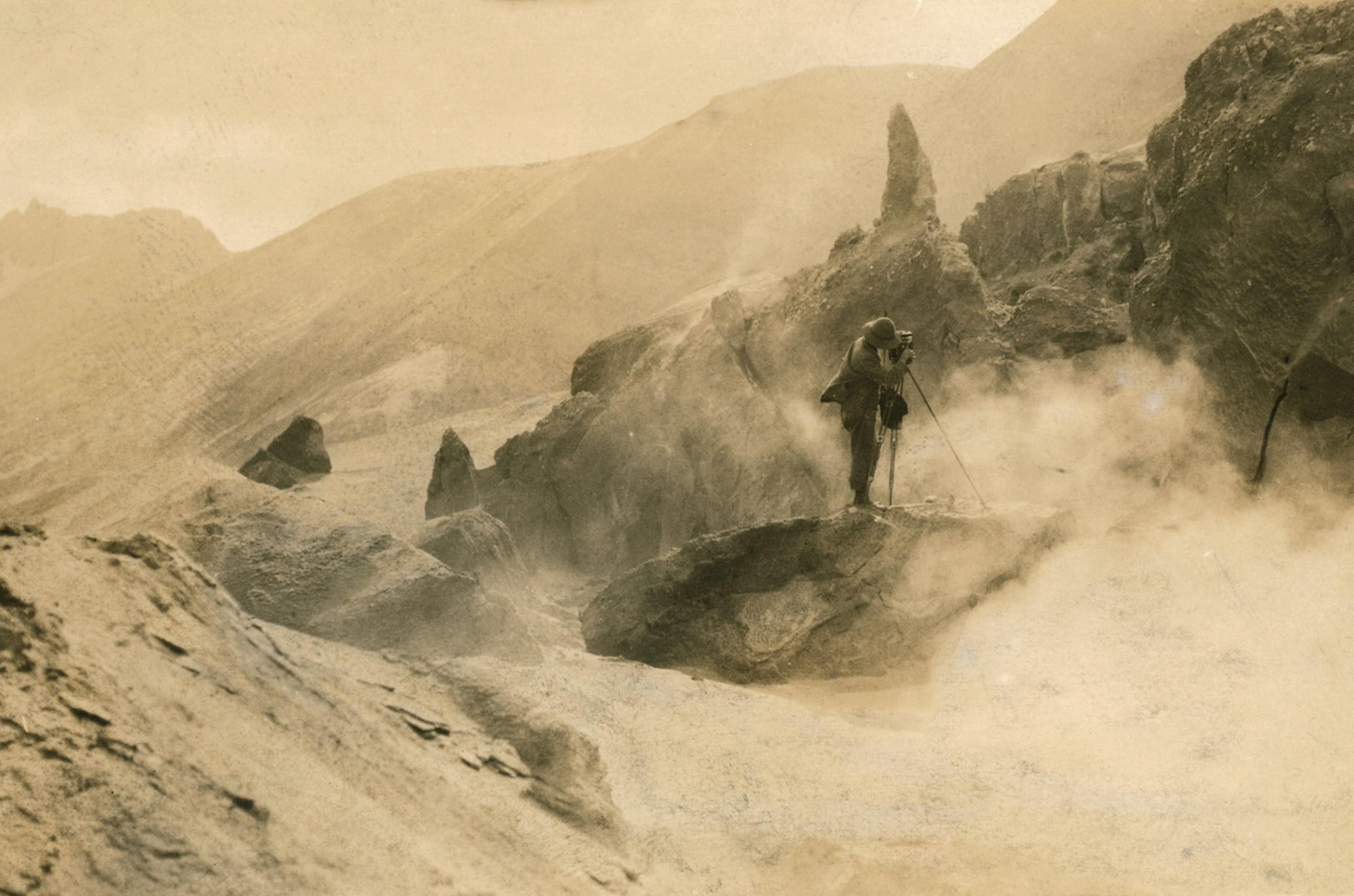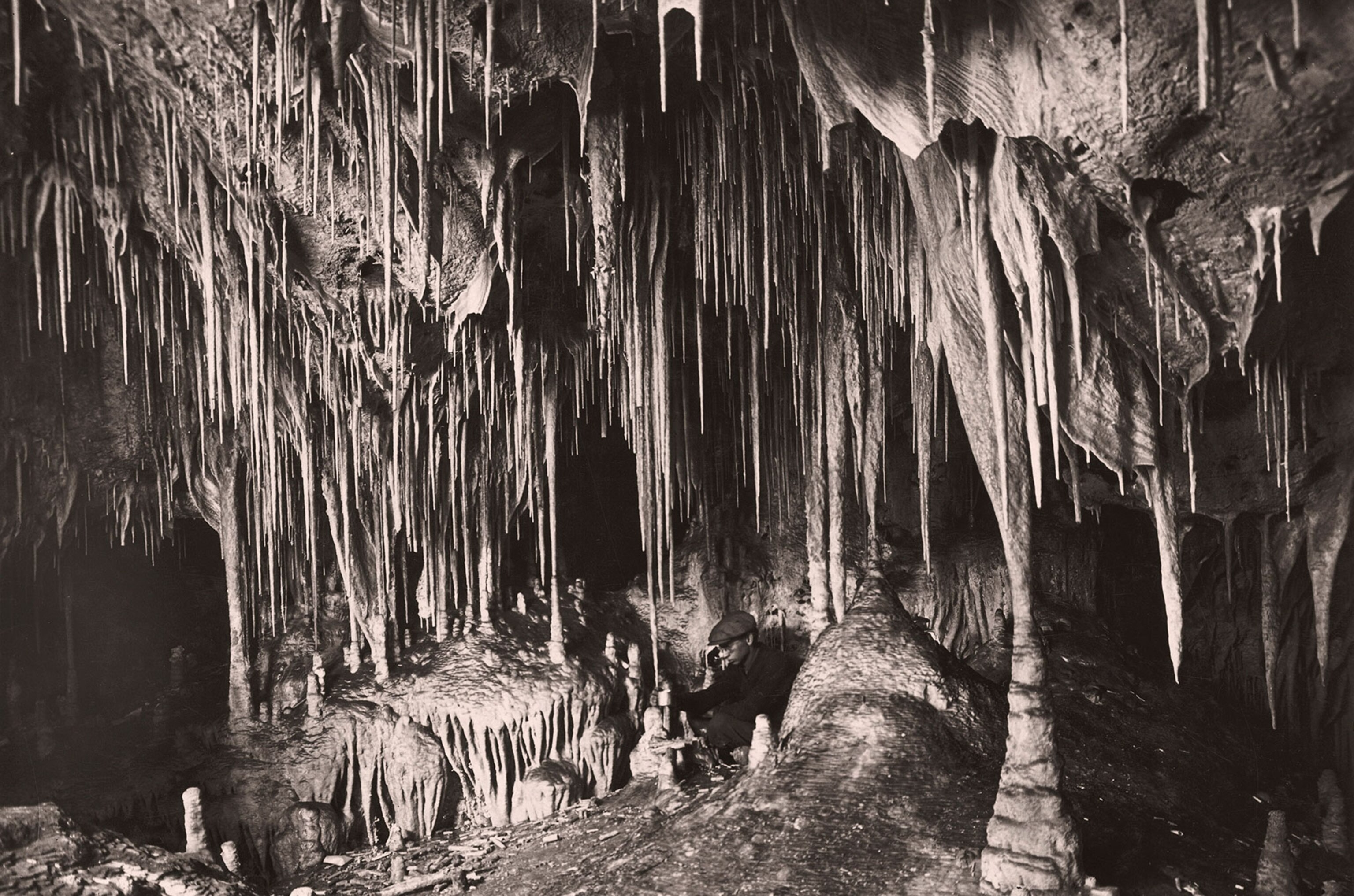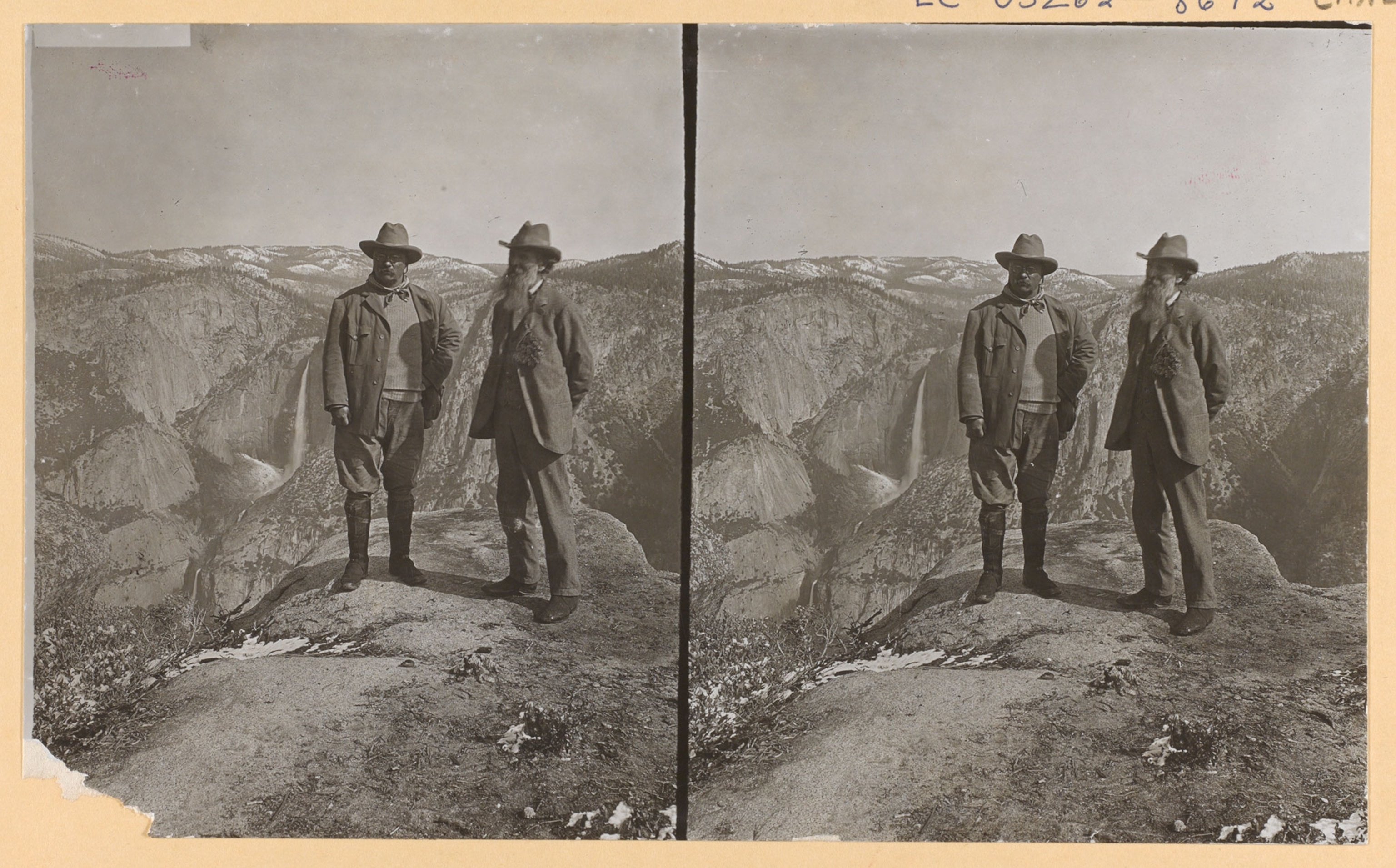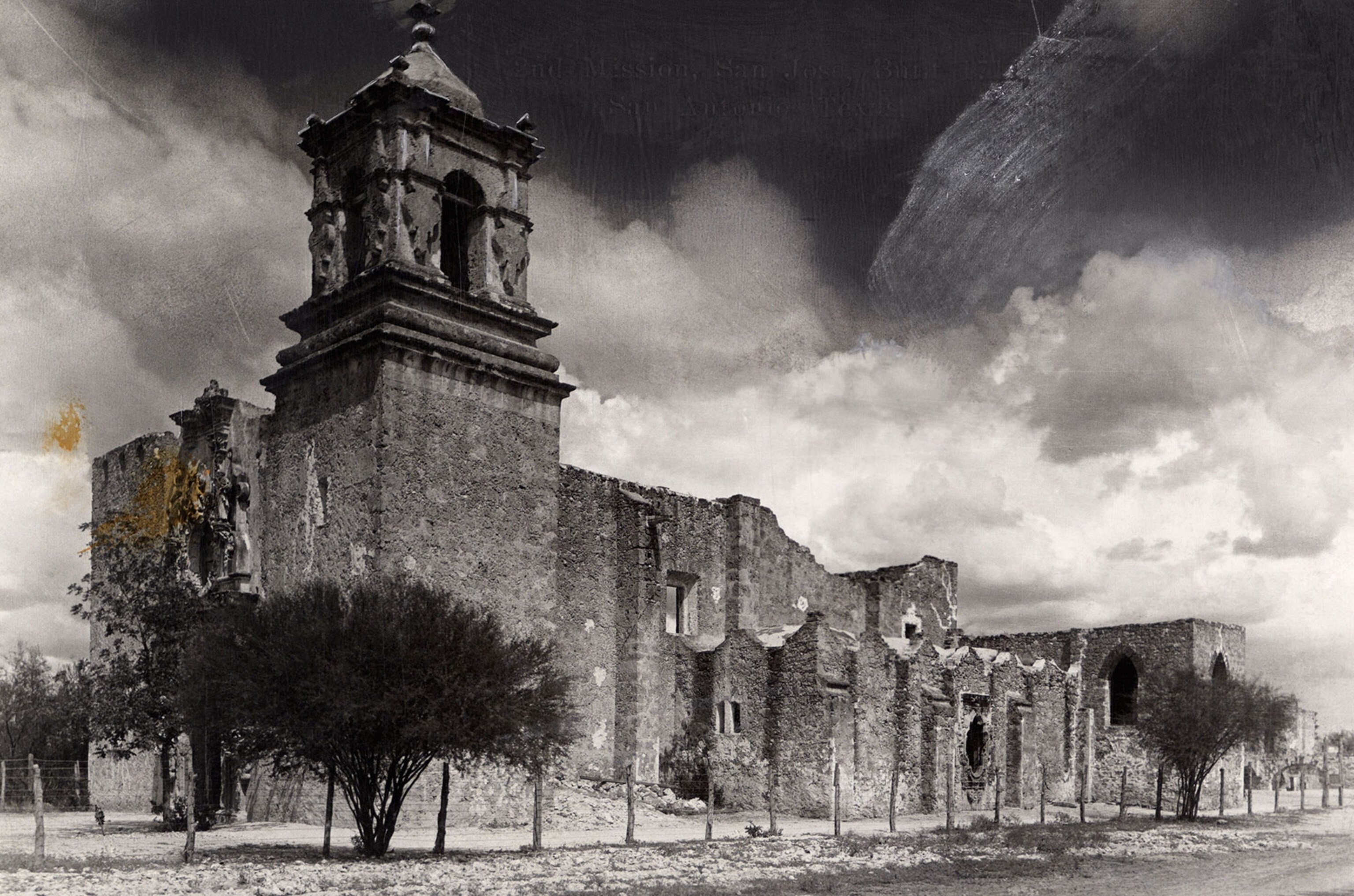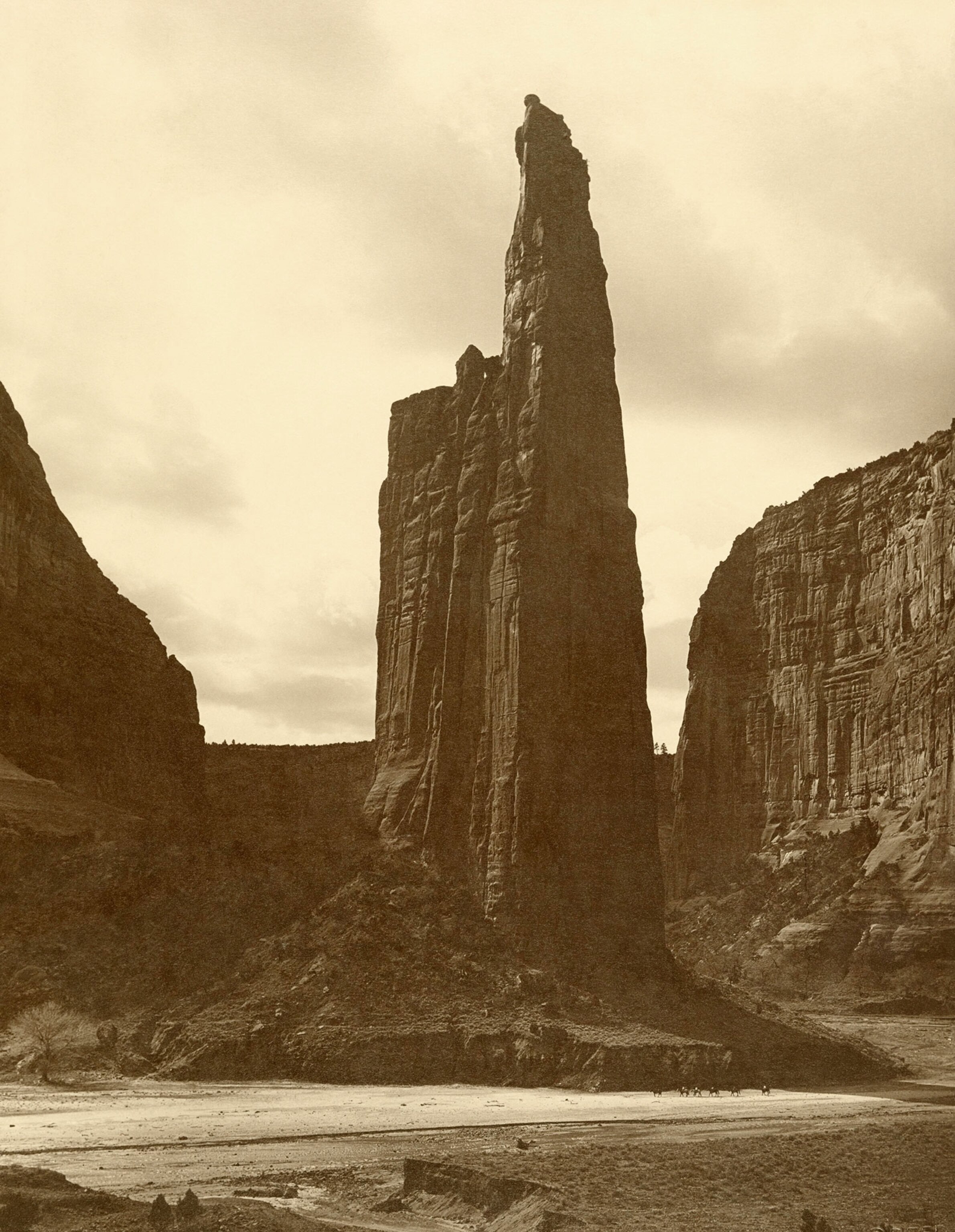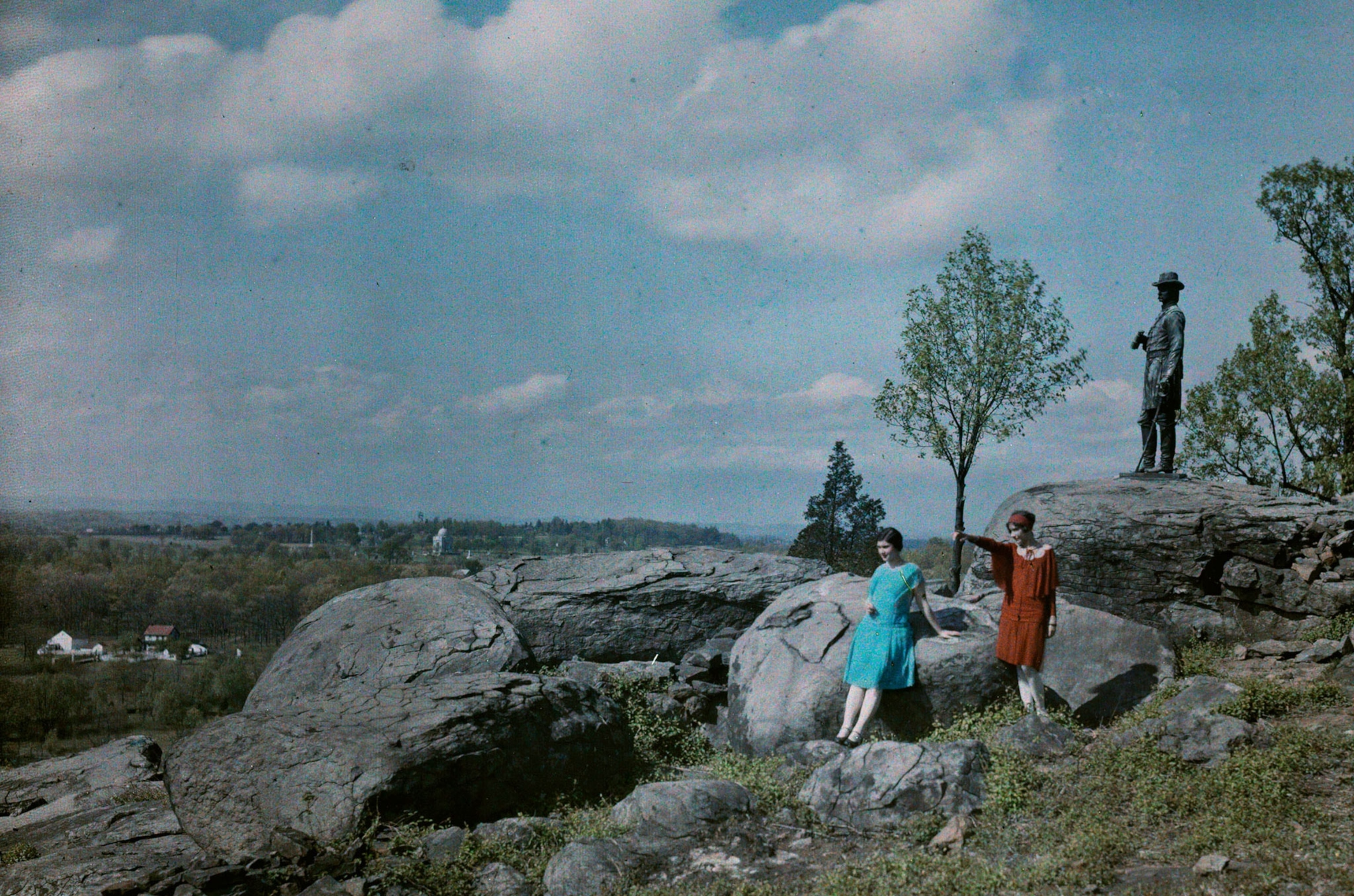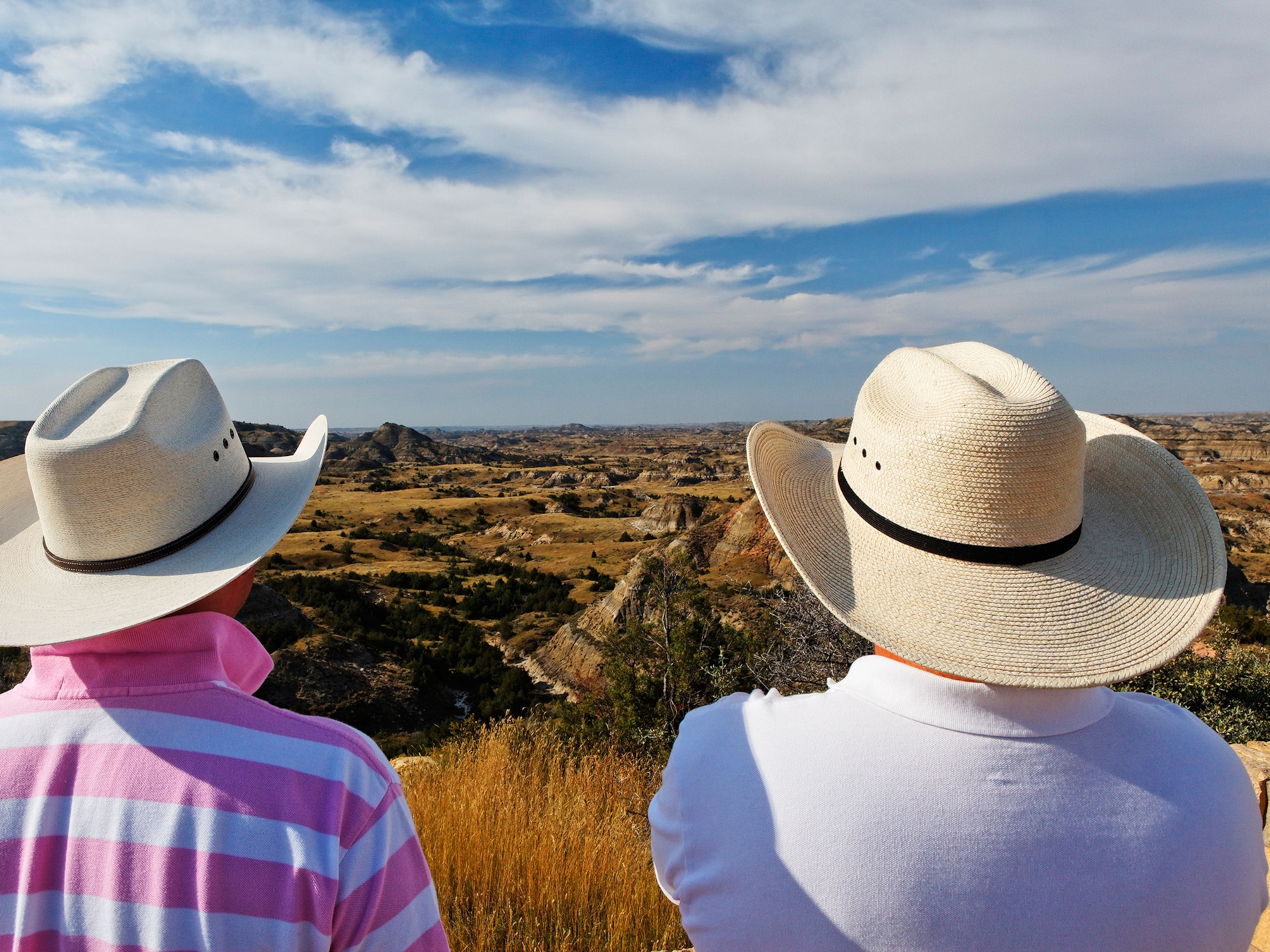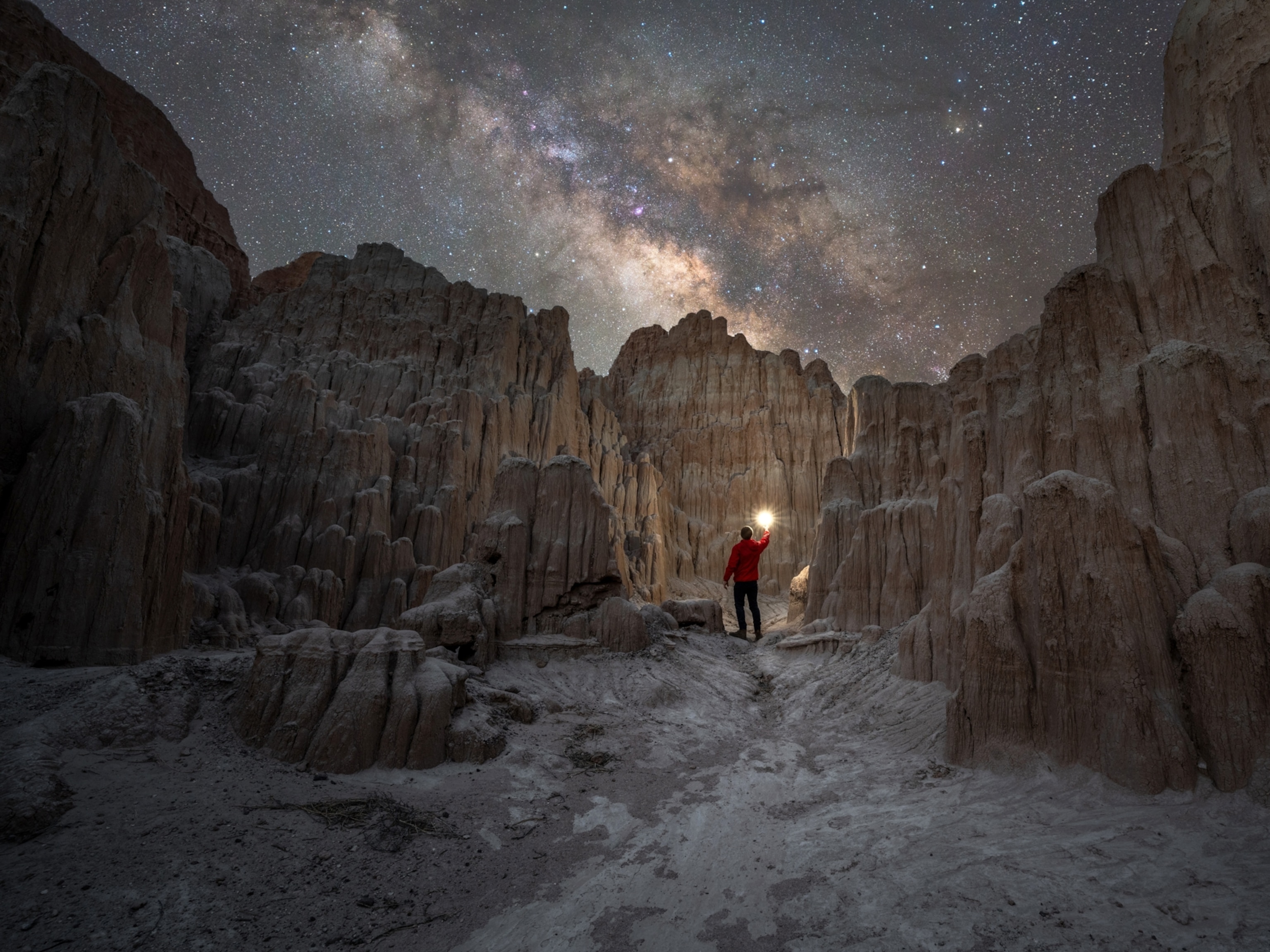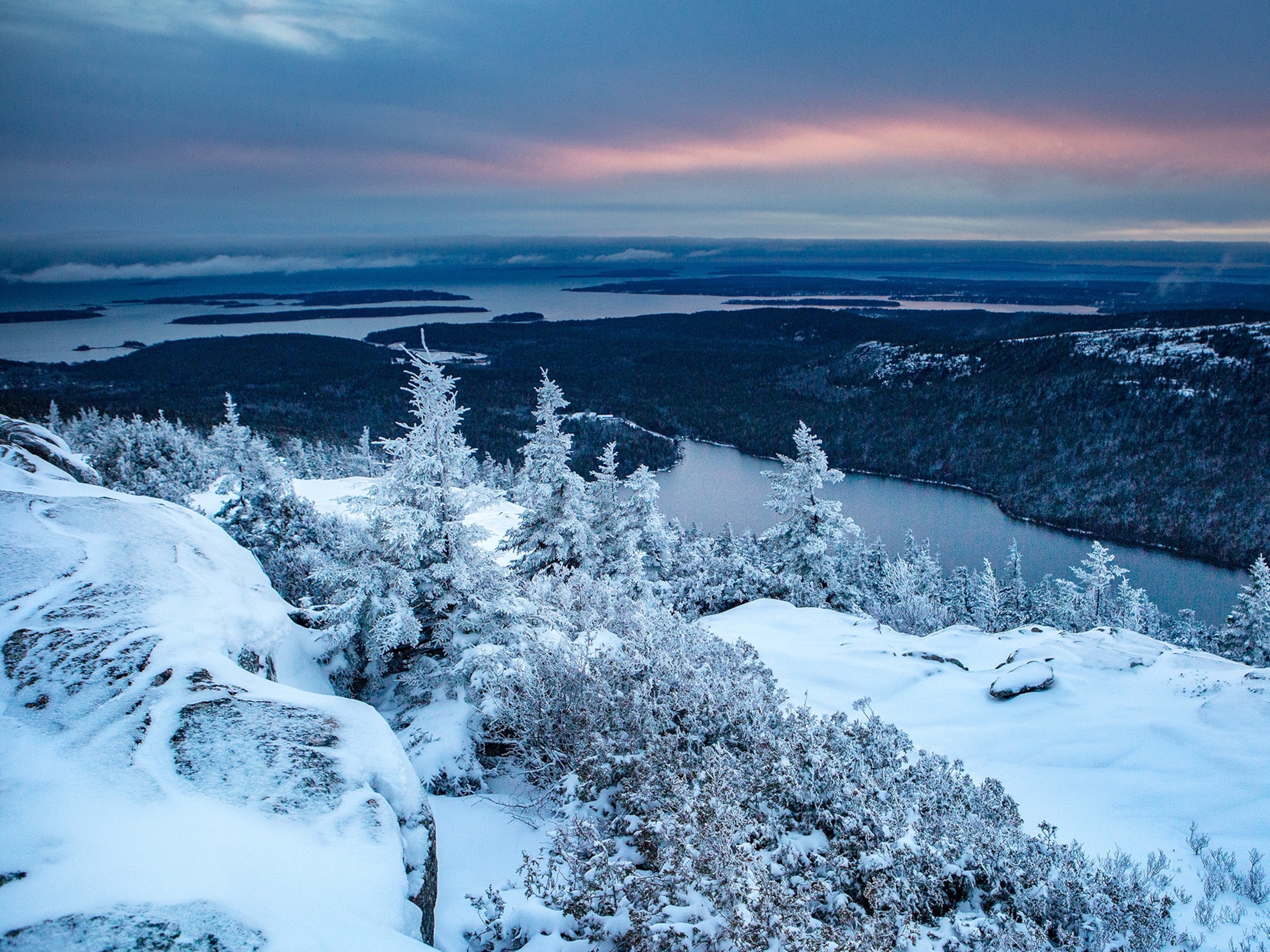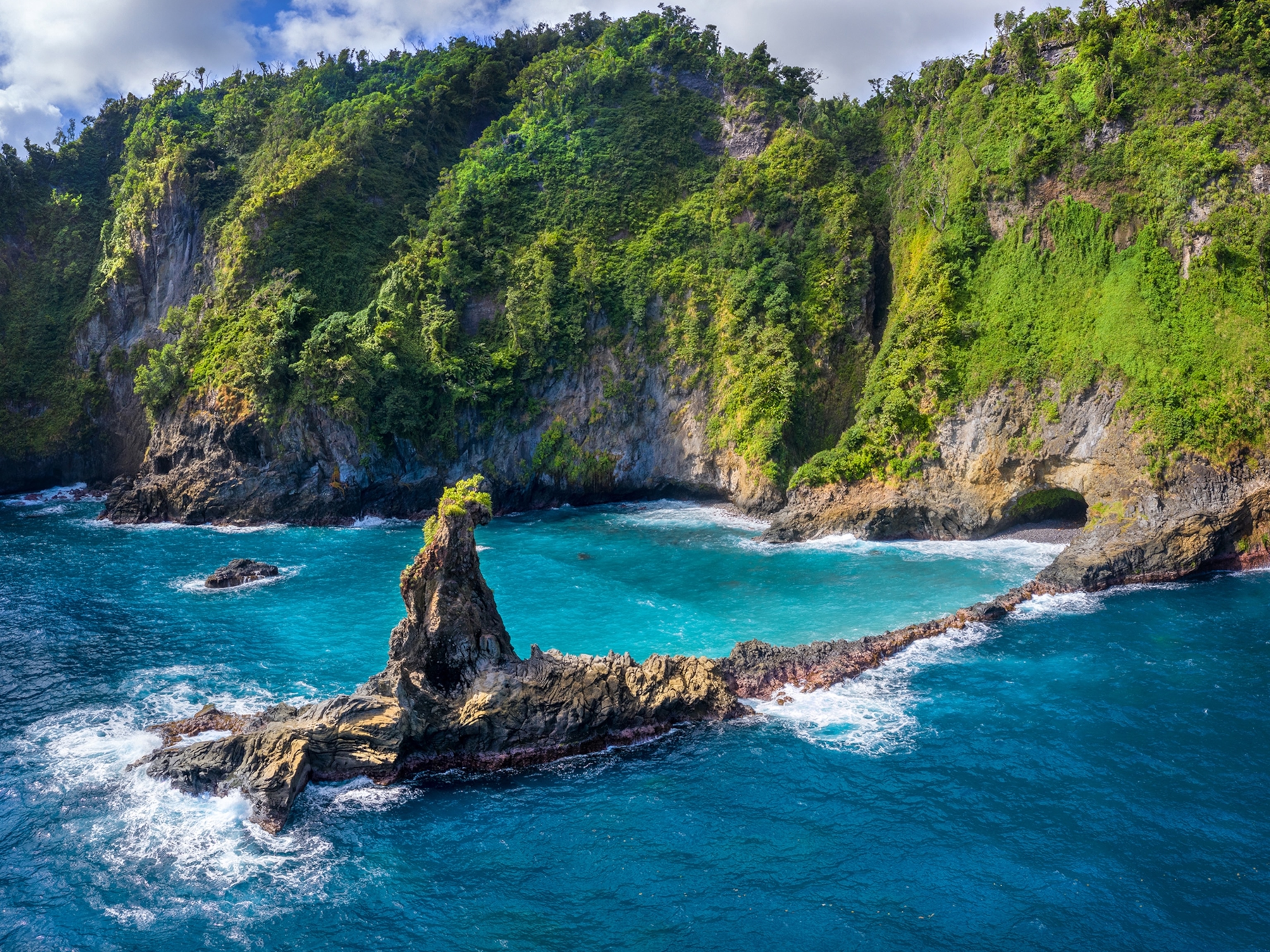Vintage Pictures Show Why Parks Should Be Preserved
See pictures of our historic national parks and learn how you can help protect them.
When Yellowstone was established in 1872, it wasn’t just the first national park in the U.S.—it was the first one in the world.
By 1916, the U.S. had designated 34 other places as national parks and monuments—special sites that would be preserved for the common good. That year, the government created the National Park Service to take care of these places.
(Your vote can help determine which parks receive a share of two million dollars.)
The idea of preserving natural and cultural sites didn’t stop there. Today the Park Service oversees more than 4,000 parks, landmarks, seashores, and other protected areas. And “America’s Best Idea” has even gone global: Around the world, there are thousands of national parks protecting such gems as Africa's Serengeti and China's pandas.
The Park Service’s summer centennial is drawing extra attention to the power of preservation. This year, the NPS has programs like Every Kid in a Park, which grants fourth graders free access to its sites. And on Saturday, President Obama visited Yosemite National Park with his family to talk about the importance of saving natural wonders.
“We save wild places so they might one day save us,” writes Kim Heacox in The National Parks: An Illustrated History, a National Geographic book.
These photos from Heacox’s book remind us why the kind of preservation that began with Yellowstone is so important. This month, park lovers can vote for the national park sites that they want to receive up to $250,000 in preservation and restoration funding.
Follow Brian Clark Howard and Becky Little on Twitter.
